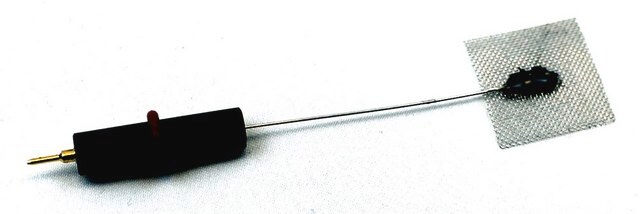349321
Platin
foil, thickness 0.25 mm, 99.99% trace metals basis
Synonym(e):
Platinum element
About This Item
Empfohlene Produkte
Assay
99.99% trace metals basis
Form
foil
Widerstandsfähigkeit
10.6 μΩ-cm, 20°C
Dicke
0.25 mm
bp
3827 °C (lit.)
mp (Schmelzpunkt)
1772 °C (lit.)
Dichte
21.45 g/cm3 (lit.)
SMILES String
[Pt]
InChI
1S/Pt
InChIKey
BASFCYQUMIYNBI-UHFFFAOYSA-N
Verwandte Kategorien
Allgemeine Beschreibung
Menge
Lagerklassenschlüssel
13 - Non Combustible Solids
WGK
nwg
Flammpunkt (°F)
Not applicable
Flammpunkt (°C)
Not applicable
Hier finden Sie alle aktuellen Versionen:
Besitzen Sie dieses Produkt bereits?
In der Dokumentenbibliothek finden Sie die Dokumentation zu den Produkten, die Sie kürzlich erworben haben.
Kunden haben sich ebenfalls angesehen
Artikel
Can there be an effective strategy for finding breakthrough materials, since they are, by definition, unpredictable? One answer is found in Combinatorial Materials Science techniques, which represent a powerful approach to identifying new and unexpected materials.
Unser Team von Wissenschaftlern verfügt über Erfahrung in allen Forschungsbereichen einschließlich Life Science, Materialwissenschaften, chemischer Synthese, Chromatographie, Analytik und vielen mehr..
Setzen Sie sich mit dem technischen Dienst in Verbindung.
